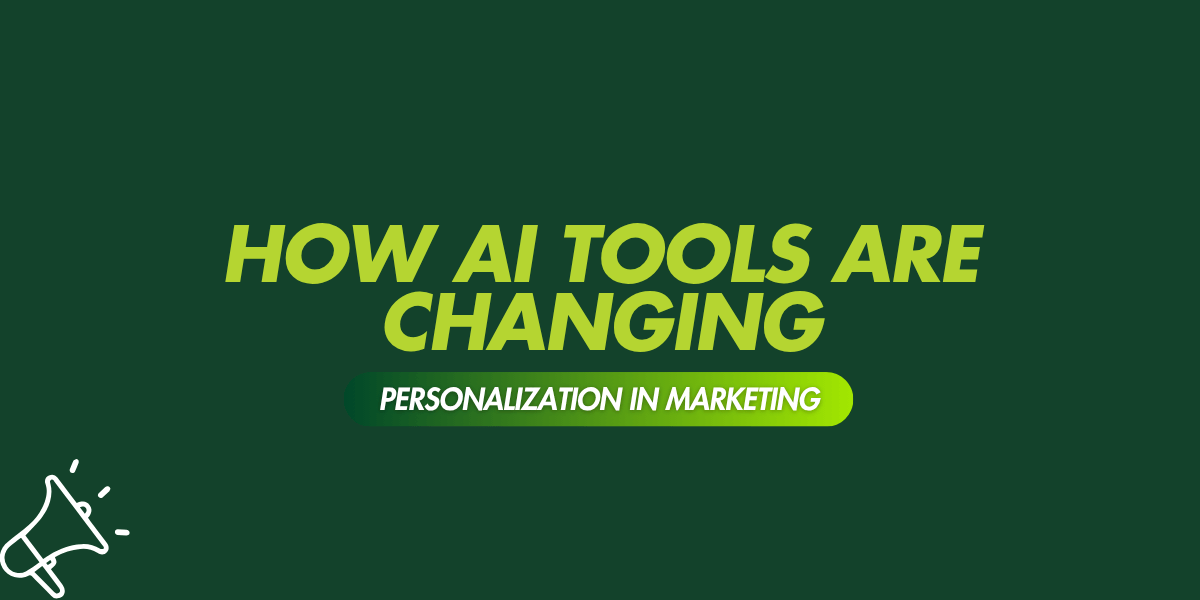 How AI Tools Are Changing Personalization in Marketing
How AI Tools Are Changing Personalization in Marketing
Have you ever received an email that addresses you by name yet still feels completely untargeted? It may have suggested a product you have never been interested in or sent an invitation to a webinar that was irrelevant to your job position. It’s strange, isn’t it? On the surface, it seems personal, but something about it just feels off.
This type of personalization, one that sticks your name into templates, is not personal. And most of us have learned to tune it out. What once felt impressive now just blends into the background.
So one question arises: When all of us desire to feel not only seen by brands, but to feel understood by them, why is most marketing still not getting it right? And at this point, it becomes exciting. Artificial Intelligence is set to open windows into something new today. It’s not just the glossy superficial personalization; it’s personalization that feels personal. The AI can analyze patterns in behavior, timing, and preferences of individual customers and differentiate what matters. And it can do this for millions of people simultaneously.
According to McKinsey, firms that truly excel at personalization are getting 40 percent more revenue out of their efforts, on average, than others. That is a massive gap, and it goes to indicate how effective this change can be.
In this blog, we’re going to explore why the old way of doing personalization isn’t working anymore, how AI is changing the game, and what businesses can do to start applying it in a real and practical way. We’ll look at examples, break down the steps to get started, and imagine what the future could look like as AI continues to evolve.
1. Why Old-School Personalization No Longer Works:
Now that we’ve witnessed what AI can do, let’s take a quick step back. Before proceeding to the deeper end, it is always good to understand why traditional personalization tends to feel off.
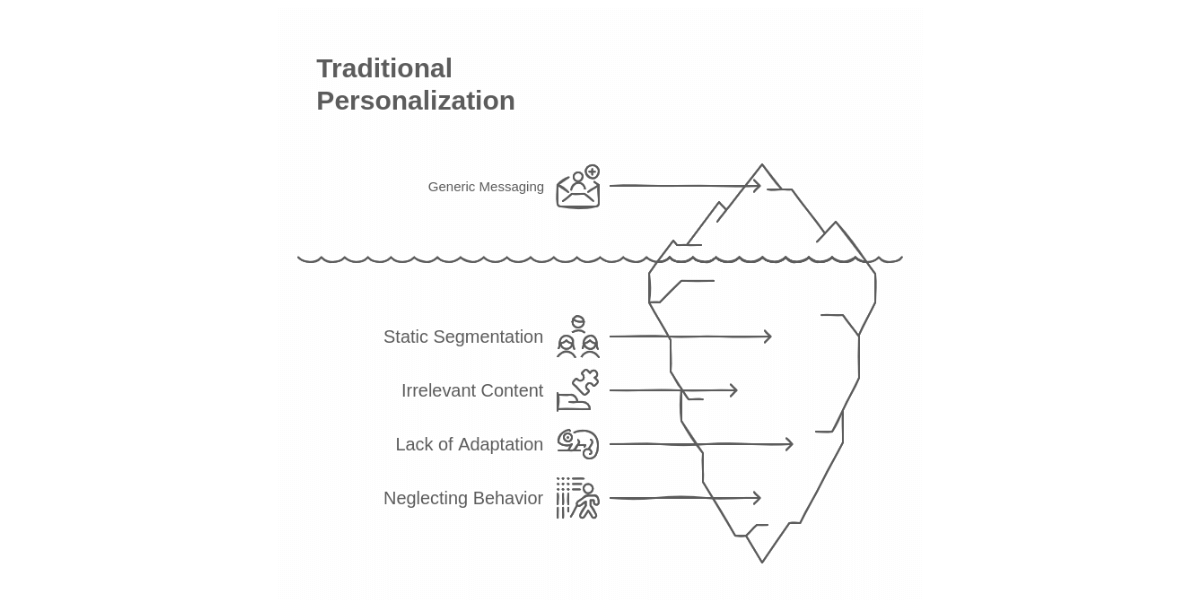
For years, marketers simply relied on basic categories like age, gender, location, or job title for personalization of messaging. These categories were easy to manage, but did not reveal much about what people wanted. They were static snapshots, not reflections of real behavior.
At some point, personalization took a step towards the next level. Emails became personal by addressing a person by name or the company. That appeared to be a step in the right direction, but soon it turned out that most of these messages remained generic at the bottom line. No amount of top-titled names could take the place of content that is irrelevant. Although personalized subject lines have been shown to boost open rates by 26 percent, this flicker of interest will go away fast when the subject does not align with the recipient’s motive, when the content does not serve the purpose of what they are interested in.
And here is the problem. Old-fashioned personalization puts people in the same bucket and does not consider their individual needs, wants, or stage in their journey. That is why it so often misses the point. And people notice. In fact, 63 percent of consumers say they would stop purchasing from brands that use bad personalization tactics. When messages feel wrong, people start tuning out.
As an illustration, consider a project management software company that releases a new reporting feature and sends an announcement email to all users, segmented solely by their plan type (Free or Paid). It is unlikely that a freelance designer who uses the free version cares about advanced reporting. Similarly, a large marketing team on a paid plan would require more detailed information on what’s new. Hence, the email ends up being off for both.
This is the limitation of traditional methods. They fail to adapt. And they do not pay critical attention to behavior.
2. How AI Brings Personalization to Life:
The traditional personalization seems so generic and disconnected because it mainly deals with superficial details rather than a fundamental understanding of behavior. This is where the real innovation of AI comes in.
Unlike past methods, AI doesn’t guess. It observes, learns, and updates in real-time.
Machine learning is at the core of this transformation. Such algorithms analyze immense amounts of data, including clicks and purchases and time spent on a page. As time goes by, AI identifies patterns that a human would never see. It understands that a user who continuously visits your SaaS pricing page, attends a webinar, and reads or views comparison content may be nearing a decision and may react positively to a free trial opportunity with a time limit.
- Real-Time Data Processing:
Another layer is the use of real-time data processing. Rather than having to wait hours or days to respond to behavior, AI allows immediate response in real time. The recommendations and messaging change depending on what you are doing immediately, not in a few weeks.
Then there is predictive analytics, which doesn’t just look backward. It can determine what an individual might want next, their likelihood to retain them, and their future worth. This type of intelligence goes way beyond conventional segmentation.
Such power is then given to micro-segmentation. Instead of generalized labels such as age or location, AI finds highly specified audience groups. For instance, it may locate users who consistently visit the pricing page multiple times in a week, who signed up using Gmail, interacted with onboarding guides, and yet did not complete setup. Such insights could not be possible with any manual methods. This takes us to the final destination, the ultimate goal—experiences with an individual personal touch for each user. AI can adapt each touchpoint to the specific preferences, habits, and timing of an individual. Every interaction becomes meaningful—a journey for every user, tailored to the person.
A web personalization platform enabled by AI can come in very handy to introduce such a degree of relevance into your site experience. They convert insights to real-time content adjustments- displaying each visitor the products, offers, or messages that are most probable to appeal. It is how brands use data to drive action and generic sites to a conversion machine.
And the results talk back. By identifying the hidden behavioral patterns, the AI-driven segmentation can achieve accuracy up to 90 percent, unlike the traditional method, which has only 75 percent accuracy. No wonder 92 percent of businesses worldwide have turned to AI-enabled personalization to achieve growth.
Netflix is a perfect illustration of this. Its recommendation engine not only suggests categories. It analyzes every little thing, such as your watch history, the time of the day you watch, the actors that you prefer, and even the thumbnails that get your attention. Thus, the homepage feels custom-built just for you.
3. What AI Personalization Delivers for Businesses:
AI understands customers in a way that was not typically possible before. From real-time responses to hyper-personalized journeys, brands and individuals engage in a new dimension. But what does this mean for business results? Let’s look at what AI personalization delivers in real-world results.
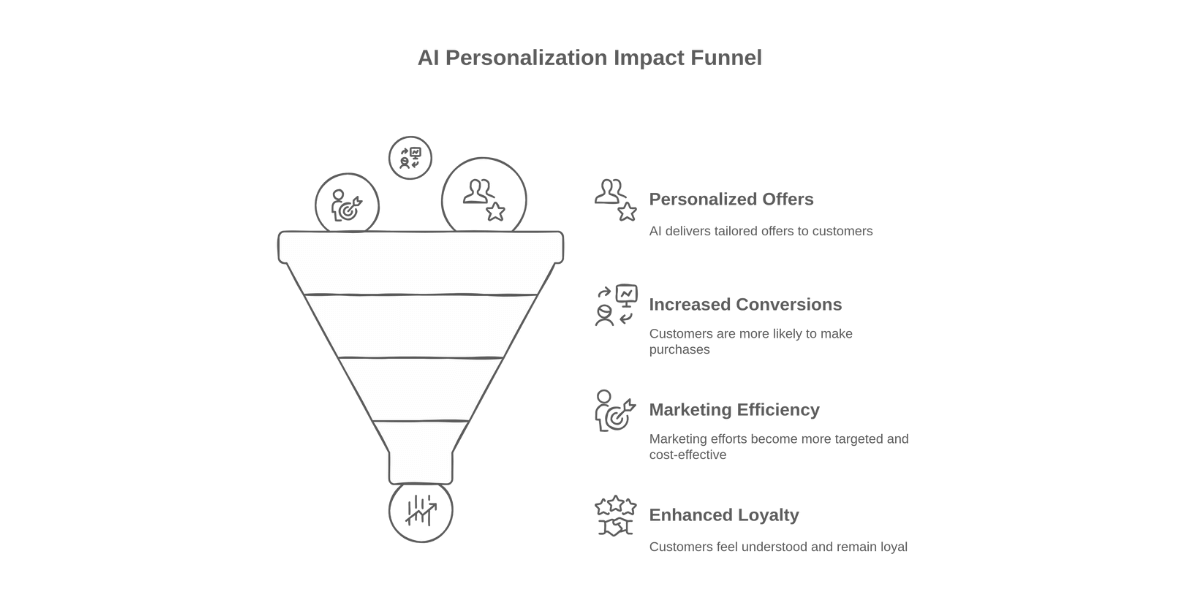
- Boosting Conversions and Revenue:
The most commercially visible benefit is the increase in conversion and revenue. If the feeling is that an experience is designed specifically for them, people are more ready to take action. AI determines what resonates with each user, serving offers or content that feel relevant, leading to purchase decisions and thus higher order values.
- Increasing Marketing Efficiency:
It’s not only more sales that AI brings. Companies also build their budgets smarter with this technology, having the right message reach the right person at the right time instead of an all-around push to everyone. The return, therefore, on each marketing effort is quite tremendous. Research shows that personalization reduces customer acquisition costs by up to 50% and increases marketing efficiency by as much as 30%.
- Enhancing Customer Loyalty and Lifetime Value (CLV):
Beyond conversion and efficiency is loyalty. Customers, who are repeatedly delivered experiences conforming to their desires, begin to feel understood. People will then stick around. Because of this personalization, customers will continue to spend more. Research indicates that around 80 percent of business leaders report personalized experiences leading to higher spending, with an average increase of 34 percent per customer.
Starbucks offers a great example. Their AI engine, Deep Brew, examines past purchases, the regular location, and sometimes even weather conditions. Based on their findings, personalized suggestions are provided through their app. This resulted in a 30 percent increase in marketing ROI and a 15 percent increase in engagement. Now, this is not just impressive; this sets the tone for the marketing future.
4. How to Get Started with AI in Your Marketing
It’s not about driving real results by AI-personalization; from boosting conversions to building long-term customer loyalty, there are benefits. However, the primary concern for many teams is, How do we start?
To start using AI, there is no need to turn the tables overnight. It all begins by taking some clever steps to establish the proper foundation and momentum.
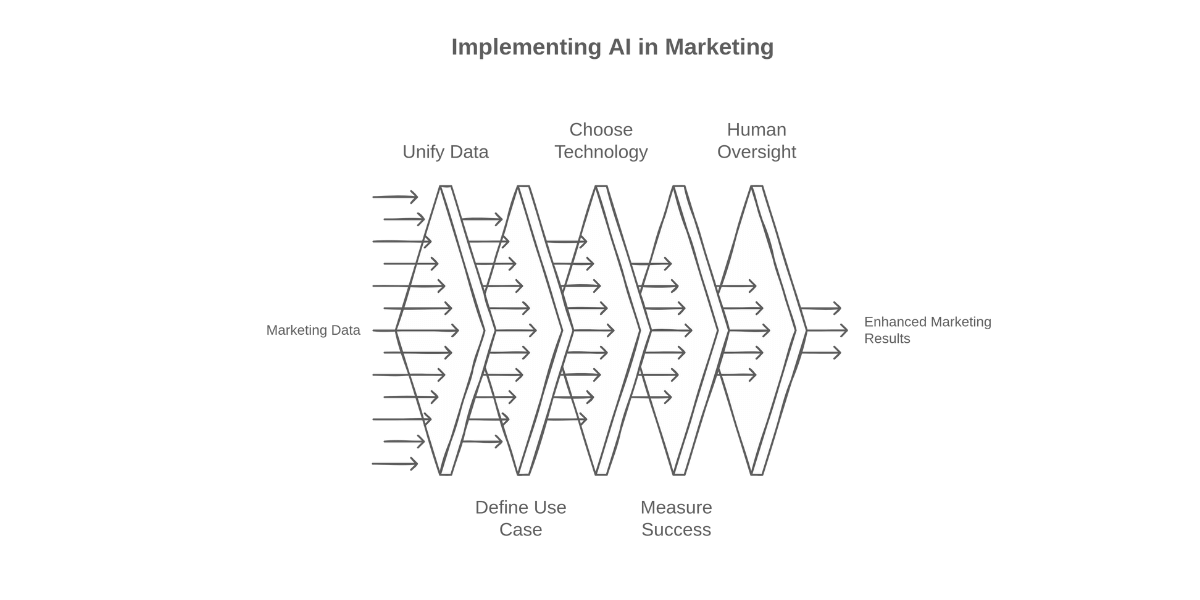
Step 1: Unify Your Data.
The first and most crucial step is to unify your data. Well, AI indeed learns from the information you feed it. If that data is scattered or incomplete, it reflects in the results. It’s like taking some wrong ingredients for a recipe-you’ll still get something on the plate, but it will never taste right. That’s why most companies start by bringing everything into a Customer Data Platform. A CDP ensures the quality, structure, and readiness of customer data for AI.
Step 2: Start with a Clear Use Case.
Next, focus on one clear use case. It may be tempting to try everything at once, but it is best to take a small approach and start simple. Look for an area where you can provide clear value with minimal effort. For example, personalized abandoned cart emails or customized product suggestions on a popular page often yield big results.
Step 3: Choose the Right Technology
After defining your use case, select the appropriate technology. Numerous tools exist. Some provide complete marketing suites and there are those specializing in personalization. What matters is to choose the one that best suits your needs at that moment, fits into it and has the potential to support your progress.
Step 4: Define Success and Measure Everything
Before you start, define success. Set out definite measures early. Do you want to increase click-through rates, average order value, or bounce? Deliberate, quantifiable targets aid you in monitoring developments and streamlining.
Step 5: Keep Humans in the Loop
And above all, put people in the center. AI is strong; however, it does not come to replace human creativity. The experience and intuition of your team are still necessary. The most successful businesses adhere to the ten-twenty-seventy rule. It allocates ten percent of resources to algorithms, twenty percent to technology, and seventy percent to people and processes. This equilibrium transforms tools into transformation.
5. What’s Next? The Future of AI in Marketing
Now that we have a sense of what can be delivered using AI personalization, the question arises. What does the future hold as AI progresses and transforms marketing in increasingly unimaginable directions?
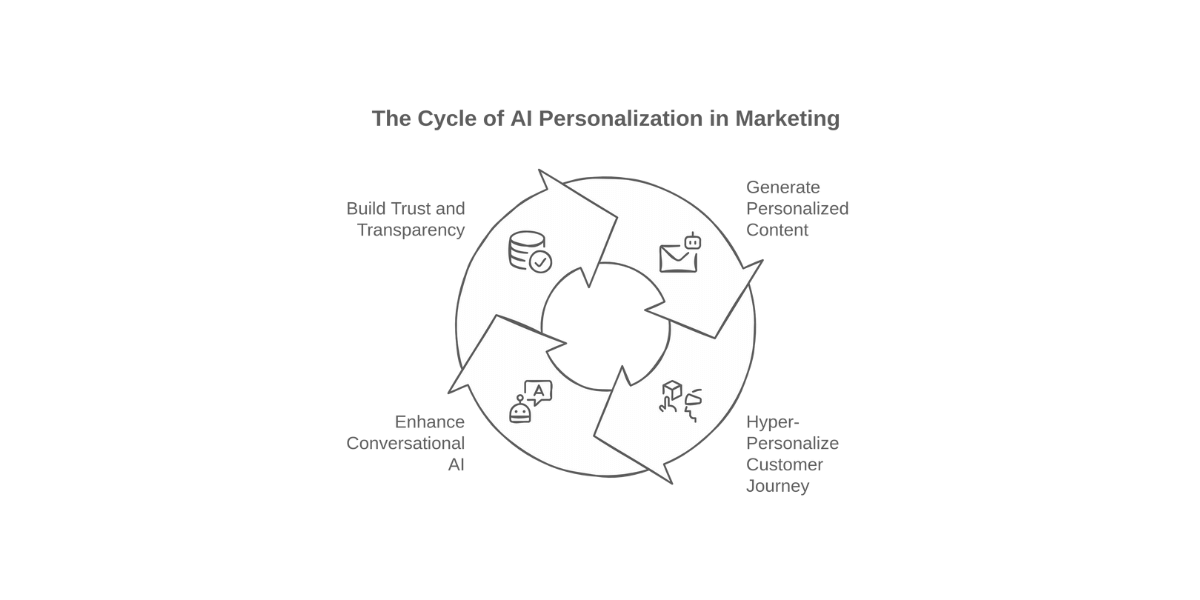
Generative AI is currently entering the scene to generate personalized content. Already, tools can write email copy, create headlines, and make visuals based on user preferences. Think of landing pages that write themselves or product descriptions that change tonality based on personal values. This is writing that is not directed at everybody, but at only one. Also, by 2026, the share of new applications leveraging AI to produce tailor-made and dynamic user interfaces will be almost one-third, up from less than five percent in recent years.
- Hyper-Personalizing the Entire Journey:
It also implies that the whole customer process could be highly personalized. The interaction with the audience in every moment, including the first advertisement and the after-sales follow-up, can be crafted with AI. Companies that experimented with one case of use will shortly relate those efforts into a continuous experience, through real-time learning and adaptation.
- Conversational AI and Commerce:
The use of conversational AI is also changing brand engagement. Virtual assistants are transforming into advisors who help users compare products, make decisions, and finalize purchases in a manner that appears natural and human. These are not concepts of tomorrow. They are already reshaping commerce.
Even such international brands as Coca-Cola are tending towards this direction. A recent campaign by Coca-Cola allowed consumers to collaborate in the artistic process by using AI tools, producing shorter creative iterations and a message that connected on a much deeper level. This mixture of algorithms and imagination has become the new normal. Personalization is shifting towards product recommendations. It is developing experiences that feel tailored to every person.
However, along with the power comes the responsibility. With the transition to AI as an essential component of customer engagement, the methods of collecting and utilizing data are more vital than ever. The question of transparency and ethical decisions will matter to the extent users feel confident in their experience. Without trust, personalization is simply noise.
Conclusion:
Personalization based on AI, which replaces static segmentation, is no longer a hypothetical scenario. It exists, it is happening and it is delivering. Brands are using AI to eliminate the guesswork and provide timely, relevant, and practical experiences.
What comes next is easy. Begin with a data audit, select the most impactful use case, and research the appropriate tools. The brands taking action now will lead. The shift to AI is not about if, but when.






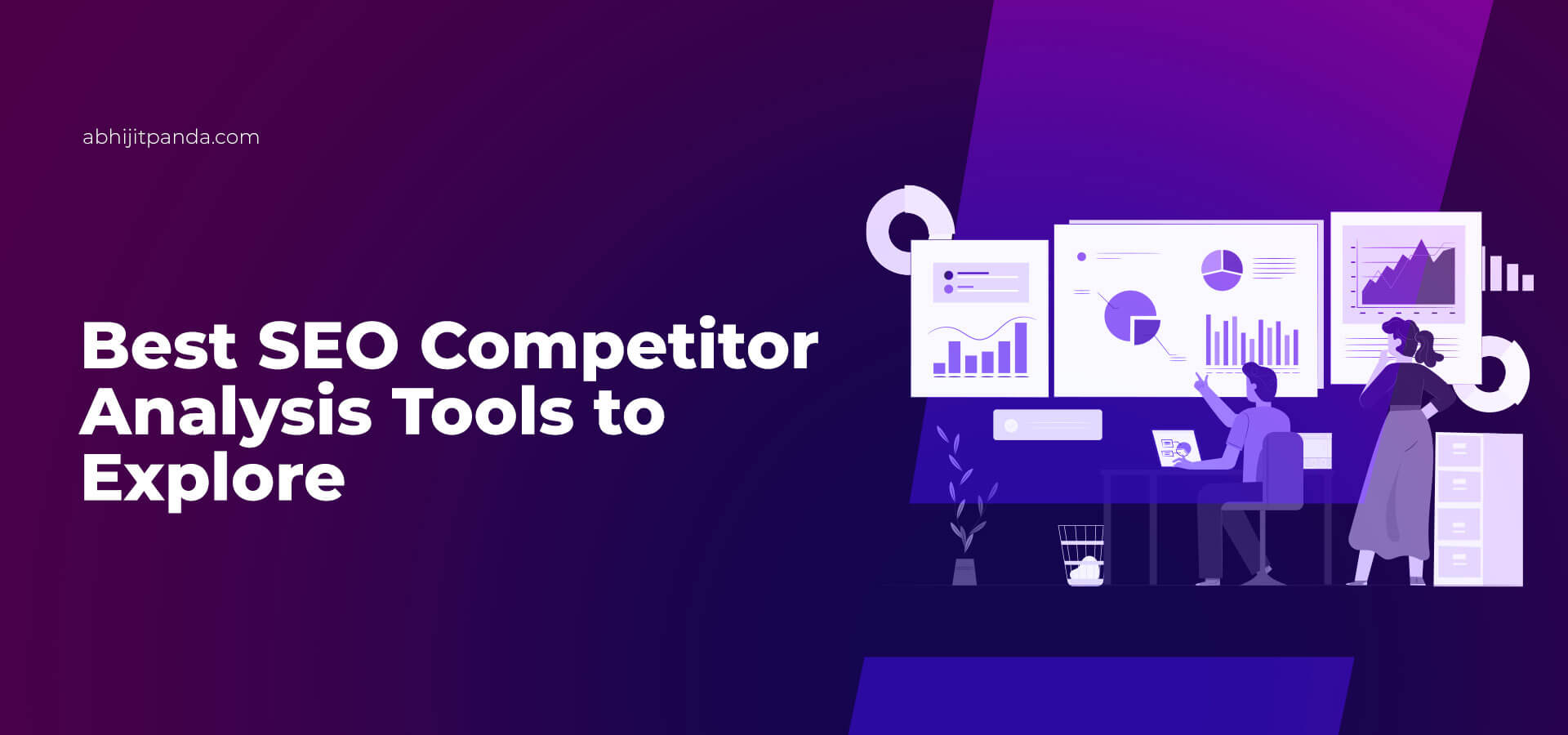

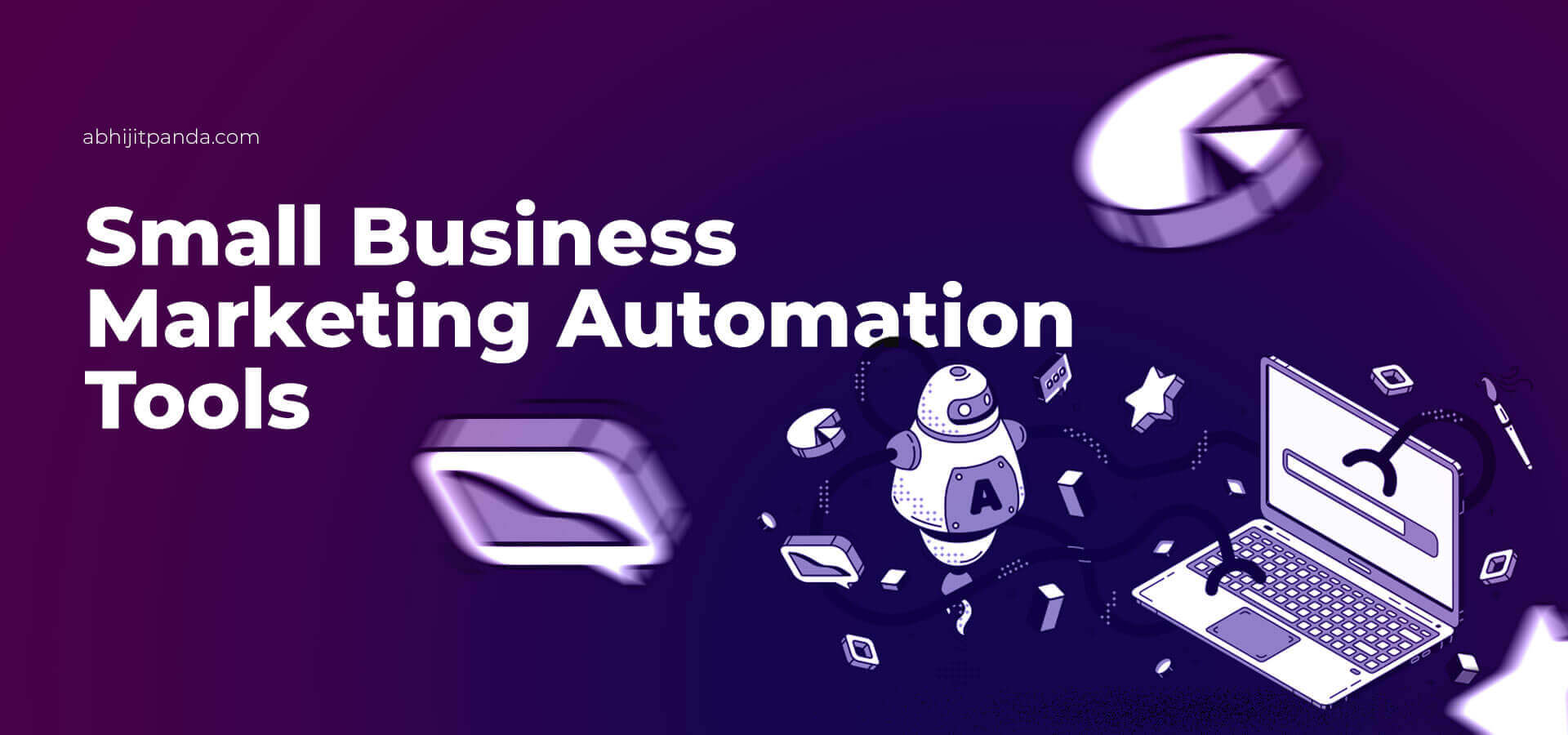
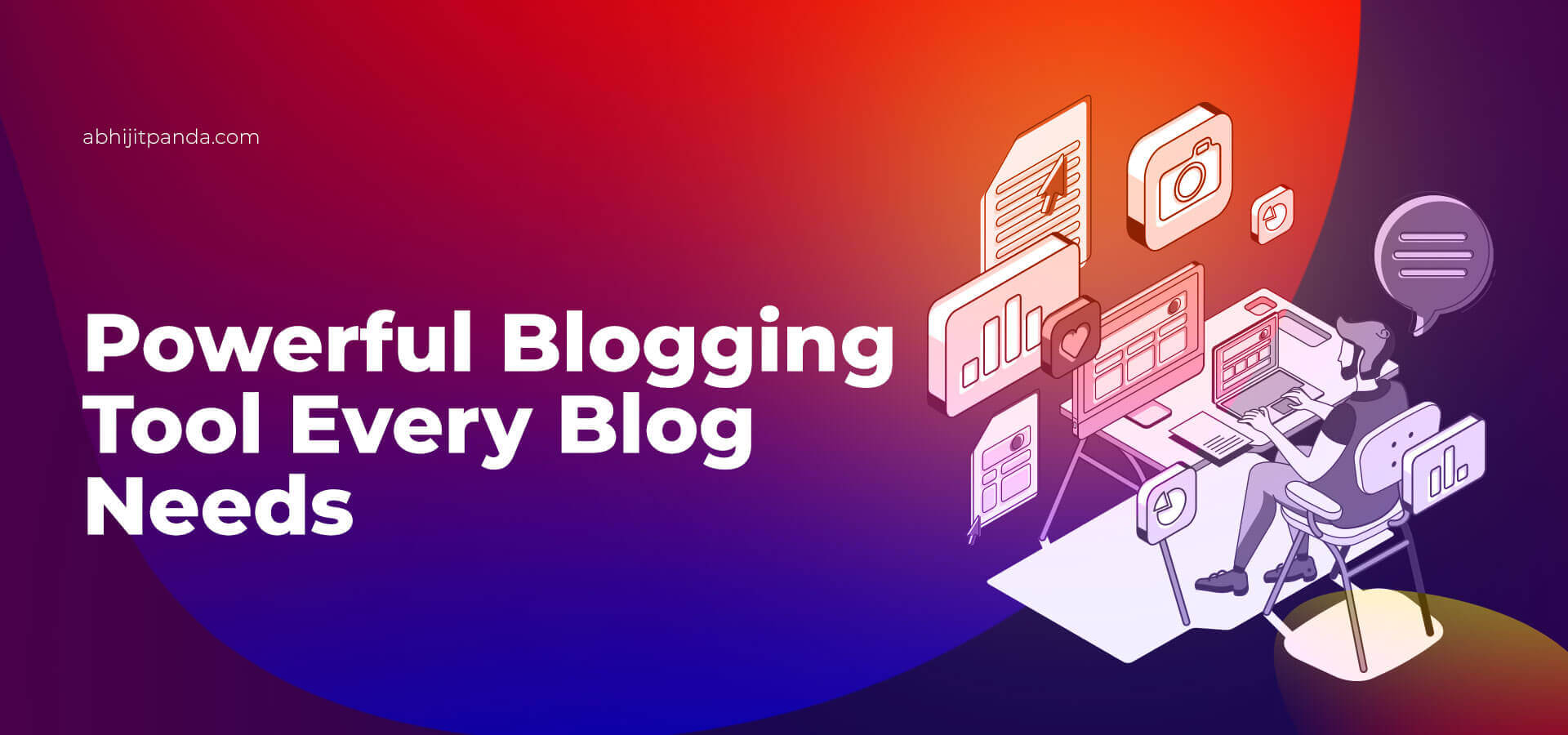


Leave a Reply